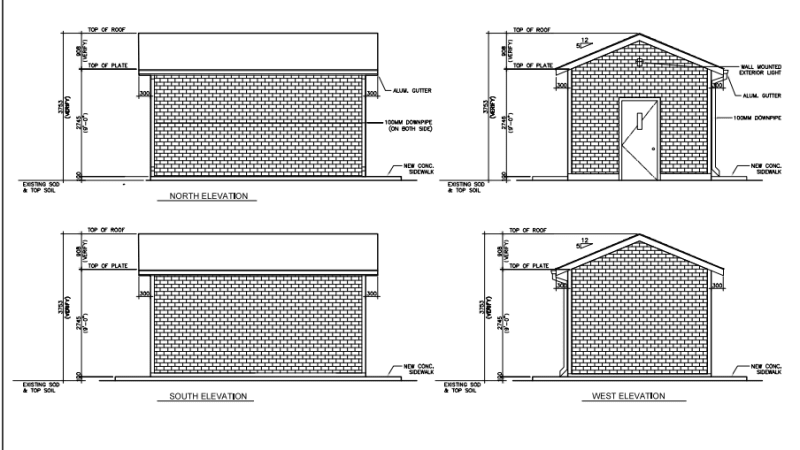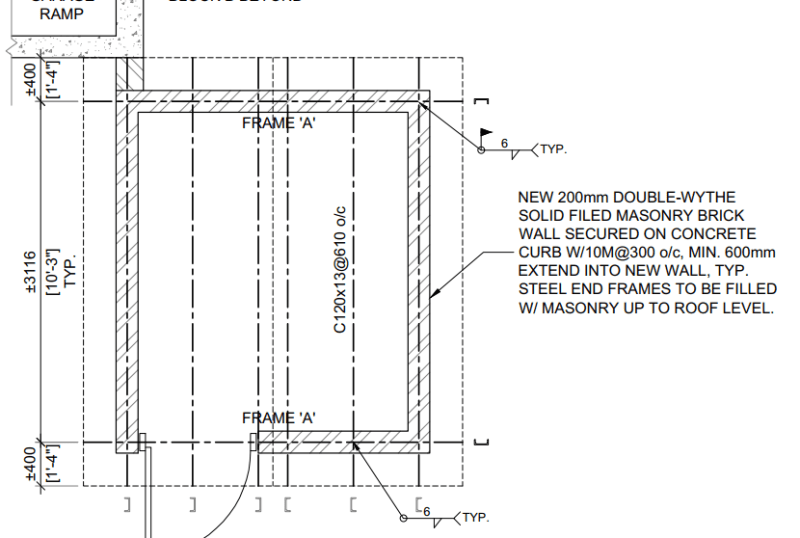I'm pricing a job as a metal subtrade for a GC, and they already have a design for the roof structure. My problem is the so-called design is A) lacking so many details that as a CWB Division 1 certified shop I ethically need to pretty much redesign it myself to be comfortable, and B) where the design is clear it calls for what amounts to welded moment connections (FIELD moment connections to boot w/PPJ's everywhere) for a stairwell enclosure. It's utter absurdity (looking at $30,000 to $40,000 CND PER stairwell enclosure if not more) and if I have to redesign it anyways, I might as well go fully Monty and completely change it to something that makes economical sense (as long as it's steel...dont tell me this should be wood framed...it should be wood framed but I am a steel sub lol)
Having said that I've lived a sheltered life and have never worked with cold formed steel in any significant way. But this seems like a great application for some light weight steel members if I have ever seen one (no live load, snow loads are Toronto area so relatively light). Do people think that might be a good approach to look into and if so, what are good references for design of such animals? I have to make sure I can actually design something cheaper before I submit an alternative bid!
EDIT - In case anyone was wondering we have a CofA and so can offer both design/build. Hence why I am even considering the option of just abandoning the design in hand. I'm not reckless over here!
For context here is the EOR's schematic (no loads, no conceptual framing, just a sketch of a bloody shanty)

Here is the GC's design engineer's approach to the schematic above


Having said that I've lived a sheltered life and have never worked with cold formed steel in any significant way. But this seems like a great application for some light weight steel members if I have ever seen one (no live load, snow loads are Toronto area so relatively light). Do people think that might be a good approach to look into and if so, what are good references for design of such animals? I have to make sure I can actually design something cheaper before I submit an alternative bid!
EDIT - In case anyone was wondering we have a CofA and so can offer both design/build. Hence why I am even considering the option of just abandoning the design in hand. I'm not reckless over here!
For context here is the EOR's schematic (no loads, no conceptual framing, just a sketch of a bloody shanty)

Here is the GC's design engineer's approach to the schematic above



![[2thumbsup] [2thumbsup] [2thumbsup]](/data/assets/smilies/2thumbsup.gif)